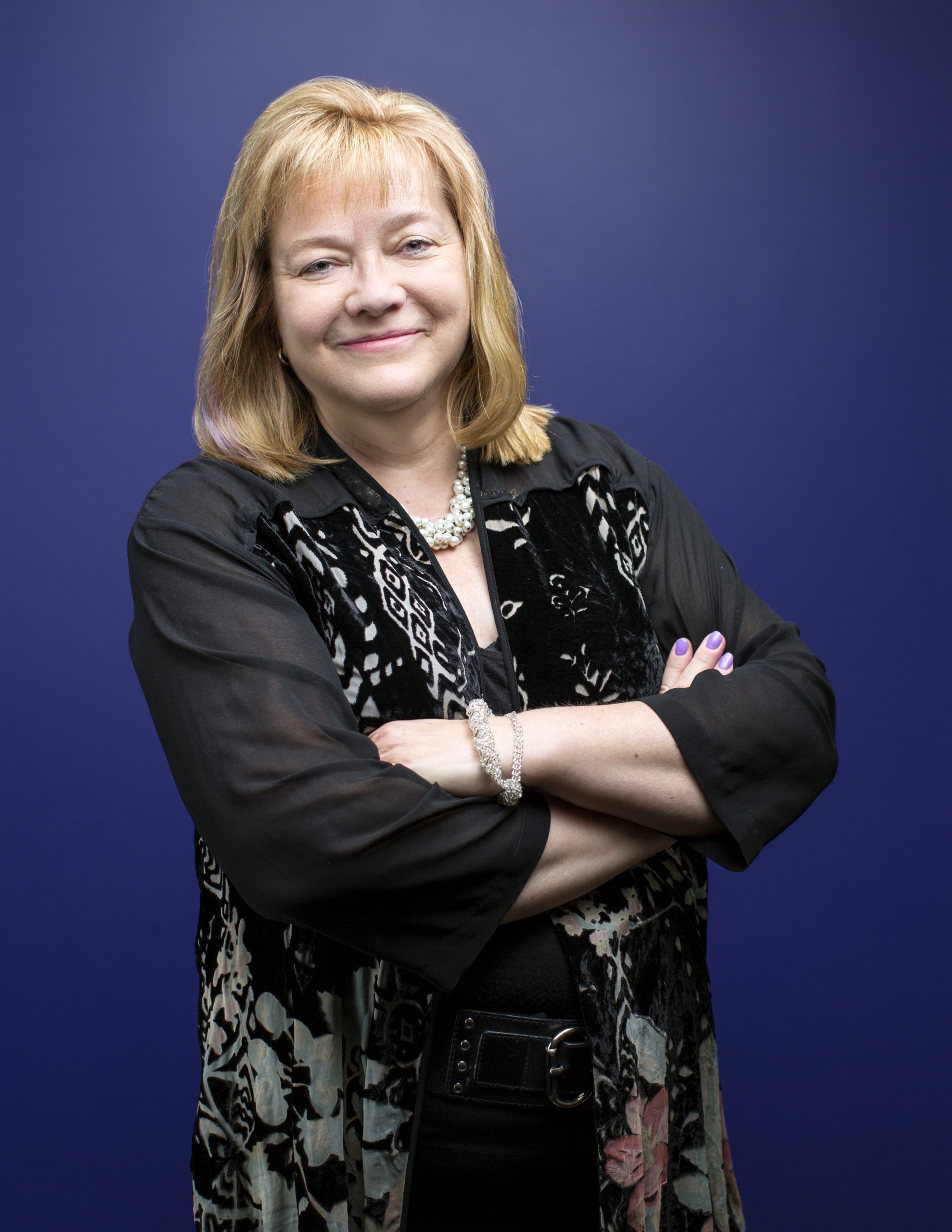POV – The Lockup
Author(s):
Dr. Imogen R. Coe
Ryerson Unversity
Dean, Faculty of Science

Until about three weeks ago, I had never heard of the budget lockup. Scientists don’t get much training in policy and little regular exposure to politicians. So like many others, I have relatively little direct experience of what actually happens on Parliament Hill. But last week, I had the opportunity to witness and participate in an extraordinary event, the budget lockup, which brings together stakeholders to receive first glance as the budget in the hours before the Minister of Finance delivers it in the house. I initially dismissed the invitation to the lockup as being irrelevant to me but then sought some advice from a trusted colleague at Ryerson University who advised me to attend so I could connect with colleagues and perhaps help draft early responses to the budget for my community. Since I had been invited by Universities Canada to participate in an equity, diversity and inclusion workshop in Quebec City, just after the budget, I was able to add a stop in Ottawa into my travel plans.
I arrived at Parliament Hill on the gloriously sunny morning of February 27th and headed up to centre block, noting (with some embarrassment) that this was the first time I had actually visited the Parliament building since arriving in Canada as an international graduate student decades ago. I also reflected that I was grateful to be living in a country as safe as Canada, where I could casually stroll right up to the seat of government. Security staff directed stakeholders to the appropriate entrance, and we were threaded politely and promptly through safety checks. The atmosphere among stakeholders was casual and friendly yet anticipatory. We were all waiting to see if we got what we asked for and every now and then, I had a mini-flashback of that sick feeling in my stomach I used to get in the hours before grant results came out – back in the days when they used to be first posted online. Many times that sick feeling was justified and I didn’t want that feeling again on budget day! The lockup is both a physical and technological lockup, so all phones were relinquished and carefully tagged and bagged for pickup afterward. This is an experience that many of us noted as being like handing over a limb and I consciously focused on the feeling of being gloriously untethered while suppressing the inevitable anxiety of disconnection. We waited in an ornate corridor which screamed Victorian gothic from floor to ceiling and, in the absence of our phones, we actually chatted to one another. I met stakeholders from the Canadian Gas Association and the Canadian Labour Congress and had a very nice chat about the wonders of dog-ownership with the IT guy assigned to the event. Eventually, we were allowed into the lockup room, a large, high-ceilinged space, which smelled of curry, and which reminded me of the old dining room at my school in the UK (not quite Hogwarts, but close). Long tables extended the length of the rectangular room, and we quickly seated ourselves in clusters of like-minded groups: the science sector, the entrepreneurial sector, the not-for-profits, industry organizations, labour organizations and many others.
The doors closed and at approximately 1.30pm, the mythical budget became a reality – as a bulky, soft-covered book, was handed out by clerks, who moved as quickly down the tables delivering copies to eager hands. Then, heads went down, and pages were flipped back and forth. Highlighters and sticky notes were wielded. The budget books became differentially dog-eared, up and down the tables. It was like being in an exam – except the answers were in front of us and group work was encouraged. The room was quiet as people scanned sections for text and tables relevant to their sectors. There were the occasional outbursts among clustered groups to look at a particular page or compare interpretations. Is this how you read this? Does this mean what I think it means? Is it cumulative? Why didn’t they do this or that? That’s not enough, I never expected this, this is good, this is not good and so forth.
I sat with colleagues from the science, research, and post-secondary sector including Dr. Mona Nemer, Chief Science Advisor for Canada, Dr. Martha Crago, VPRI McGill and member of Fundamental Science Review panel, Paul Davidson from Universities Canada, Dr. Jeremy Kerr from University of Ottawa and other representatives from MITACS, NCEs, NRC, and more. The cluster of science advocates and experts engaged in the lively discussion back and forth about how to interpret some of the language of the budget concerning various aspects of science, innovation, gender equity and other features. Fortunately, there was a lot to digest and discuss because science was front and centre and omnipresent. The consensus was one of relief that our voices had been heard, while clearly there was still work to be done. The science community has come together as a remarkable unified voice, and we must build on this achievement and continue to promote the principles that research and science-informed policy are central to a progressive, innovative & democratic country like Canada.
A large screen TV in the corner of the lockup room showed us live coverage of the House, and as the Minister of Finance stood up to deliver the budget, the doors of our lockup opened, stakeholders flooded out, grabbed phones, and the news was shared – good, bad, indifferent depending on your sector. While some of my colleagues joined the media scrum, I slipped out quickly, and as I walked back down Parliament Hill, I thought about my opportunity to watch and participate in the parliamentary process. Being part of the lockup was an experience and a privilege, and it has re-affirmed my commitment to be a vocal advocate on behalf of equity, diversity, and inclusion for all science in Canada.

